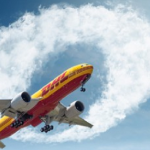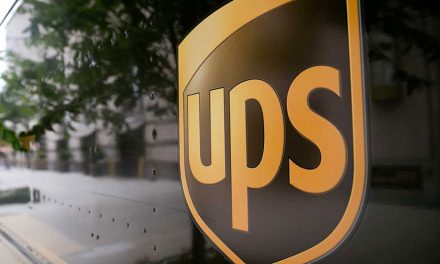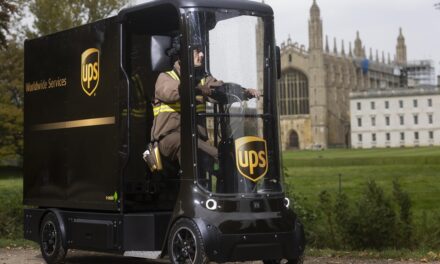
UPS, Teamsters at Bargaining Table
The Teamsters union and United Parcel Service Inc. are back at the bargaining table in their first major matchup since 1997, when a 15-day strike disrupted U.S. commerce and raised hopes for the renaissance of organized labor. The negotiations pit a storied union against one of the nation’s largest employers, raising issues familiar to many American workers: rising health-care costs, part-time work and the recessionary drag on wages. They also will be a key test of the leadership of International Brotherhood of Teamsters President James P. Hoffa, who must prove to skeptical UPS employees that he can be as aggressive as his predecessor and former rival, Ron Carey. ‘This is the first big Hoffa battle,’ said Tom Juravich, director of the Labor Center at the University of Massachusetts, Amherst. ‘He’s got to deliver enough so he can legitimately claim victory. If he doesn’t, I think the dissent in his union will grow.’ At the same time, Hoffa’s personality is far less combative than Carey’s was, and he has shown himself ready and willing to work with employers, as evidenced by the Teamsters’ successful lobbying to help open China to UPS. UPS increasingly is important to the Teamsters, which has shrunk in size over the last two decades as the package delivery company grew. Company spokesman Norman Black said UPS has been the union’s sole growth engine in recent years. Now, with 230,000 represented employees, the company has the largest single group in the 1.4-million-member union. ‘Both sides have a new appreciation for how our futures are inextricably linked,’ Black said. Still, Hoffa, who sat down to his first bargaining session last month with 60 union subordinates at his side, already has come out swinging. ‘We’re going to be asking for a lot of money,’ he said in a telephone interview. ‘We think our people are behind for the kind of work they do. Look at the profits this company is making. The workers should share in that too.'”
Los Angeles Times: “‘Our employees are the best, and they will be rewarded for being the best,’ Black said. Still, he noted that the economy is in recession and rivals such as FedEx Corp. are nipping at UPS’ heels. ‘We are not asking for rollbacks even though we are in a recession. We are not going to call for any reductions in benefits. We will reward our employees while still maintaining our ability to compete.’ The current contract expires at midnight July 31. Business analysts and labor experts said they expect negotiations to continue at least until midsummer, despite UPS’ pledge to wrap up early. Black said UPS wages are the highest in the business. Full-time drivers earn on average $23.11 an hour, compared with $15.72 an hour at FedEx and $19 at the U.S. Postal Service. Benefits also are “dramatically better” than those offered by competitors, he said. But part-time drivers, who represent 58% of the 230,000 Teamsters-covered workers at UPS, earn substantially less, starting at $8.50 an hour, which Hoffa claims is an industry low. Part-time wages average $10.72 an hour.” (Source: Los Angeles Times, Nancy Cleeland reporting)












